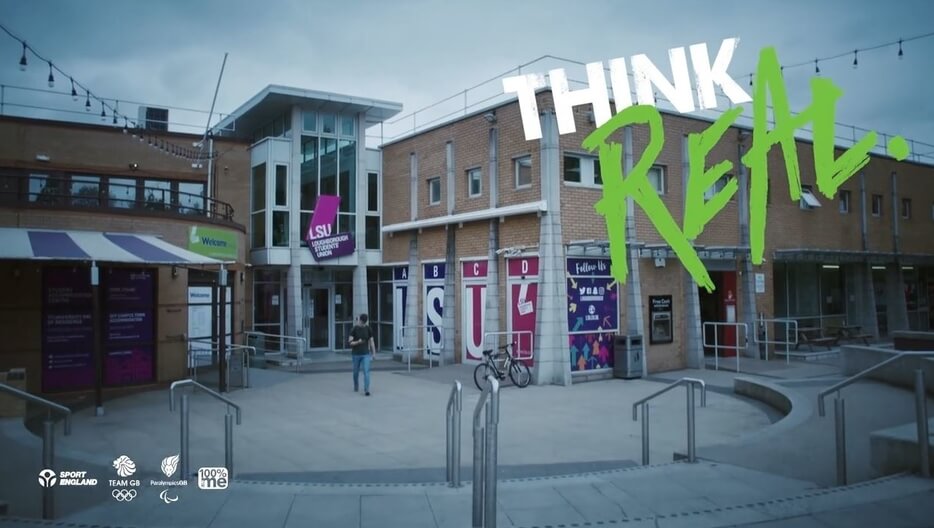KEY INFORMATION
Recommended age group: 14–16. It will also support students involved in sports club/sports training programmes.
Time required: approx. 60 minutes depending on the chosen options.
Equipment: student-facing presentation; red, amber and green indicators (e.g. cones, signs); activity sheets from the presentation: personal goals template, guidance, pledge sheet; (optional) access to technology so students can complete the template electronically.
ACTIVITY IDEA
Warm up
- Set up a red-amber-green spectrum across/around the space.
- Ask the students to stand behind the line, randomly to begin.
- Explain the spectrum: red = never, amber = sometimes, green = always.
- Read out each statement and ask the students to move to a place on the spectrum that reflects their personal response. Encourage them to share their reasons for their choices. (Make sure it is fun, not judgemental!)
- Use the spectrum to introduce the idea of good intentions and possible pitfalls. For example, watching a lot of sport might make us sedentary or overly critical of our own performance.
Explore
- Ask the students to watch the video and discuss the good intentions and possible pitfalls they see.
- Working in small groups, allocate each group one or two scenarios and ask them to identify the good intentions and possible pitfalls. Share feedback. Emphasise that most situations are neither good nor bad: the students need to consider the different consequences that are possible, depending on how they manage the situation.
- Working individually or in pairs, ask the students to consider their own motivations for taking part in sport: what are they and what are the possible pitfalls in their own good intentions? Introduce extrinsic and intrinsic motivators to help students consider the positive emotions generated by sport as well as the external rewards.
- Use stories to reinforce the value of being able to balance and reset goals.
Challenge
- Working individually, and using the template and guidance, give the students an opportunity to develop step-by-step a personal goals plan. This will help them to work towards their sporting and/or life goals whilst managing their wider commitments.
- Option 1: students conduct their necessary research during the session. Option 2: students research in their own time and use their findings to develop their plan in a follow-up session.
Cool down
- Use the key learnings slide to reinforce and summarise the importance of personal goal-setting and action-planning in helping students to build healthy habits.
- Ask the students to create their personal healthy habits pledge based on their plan. Ask the them to identify team goals and discuss ways to share ideas about healthy habits in the school/sports club.
EXTENSION
Ask the students to create fun 10-minute exercise routines they could share or lead with other students in school, or in a feeder primary school. For ideas on making exercise fun, visit: www.nhs.uk/change4life/activities

